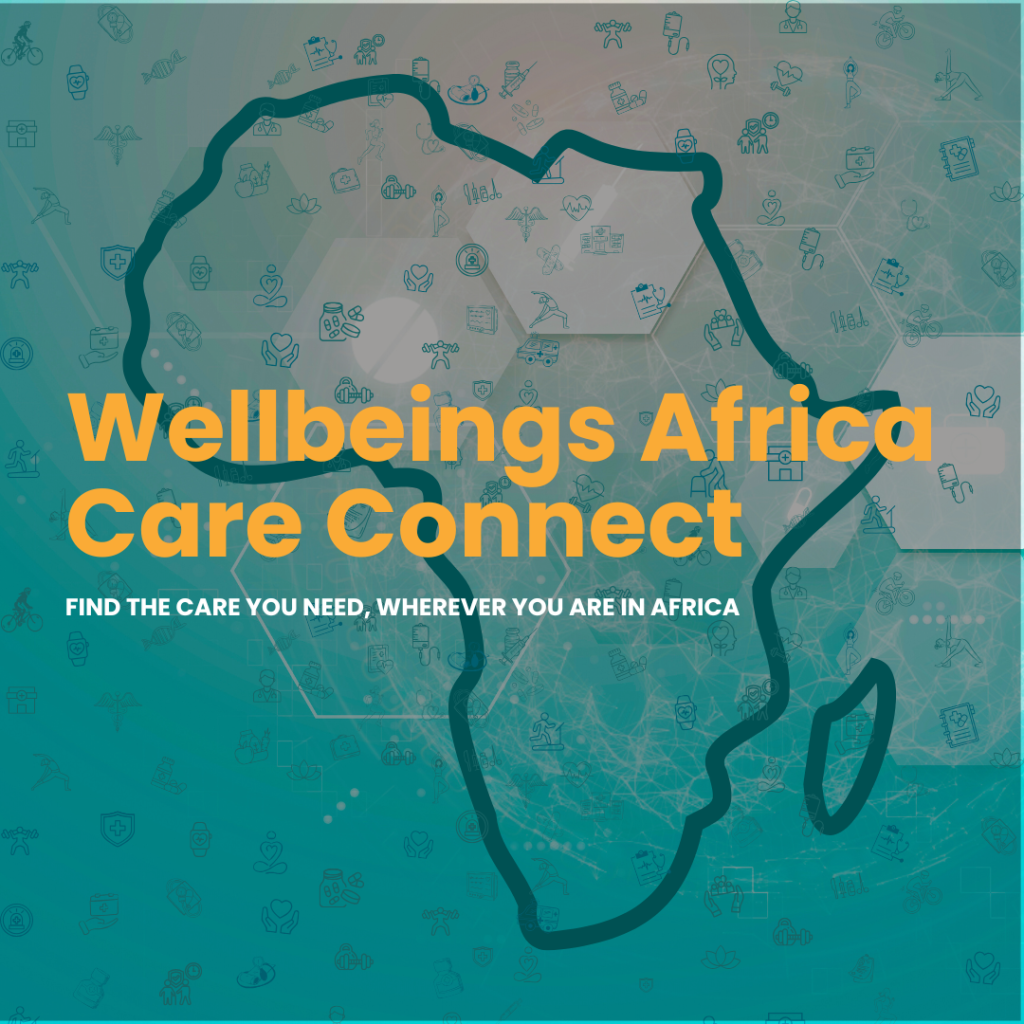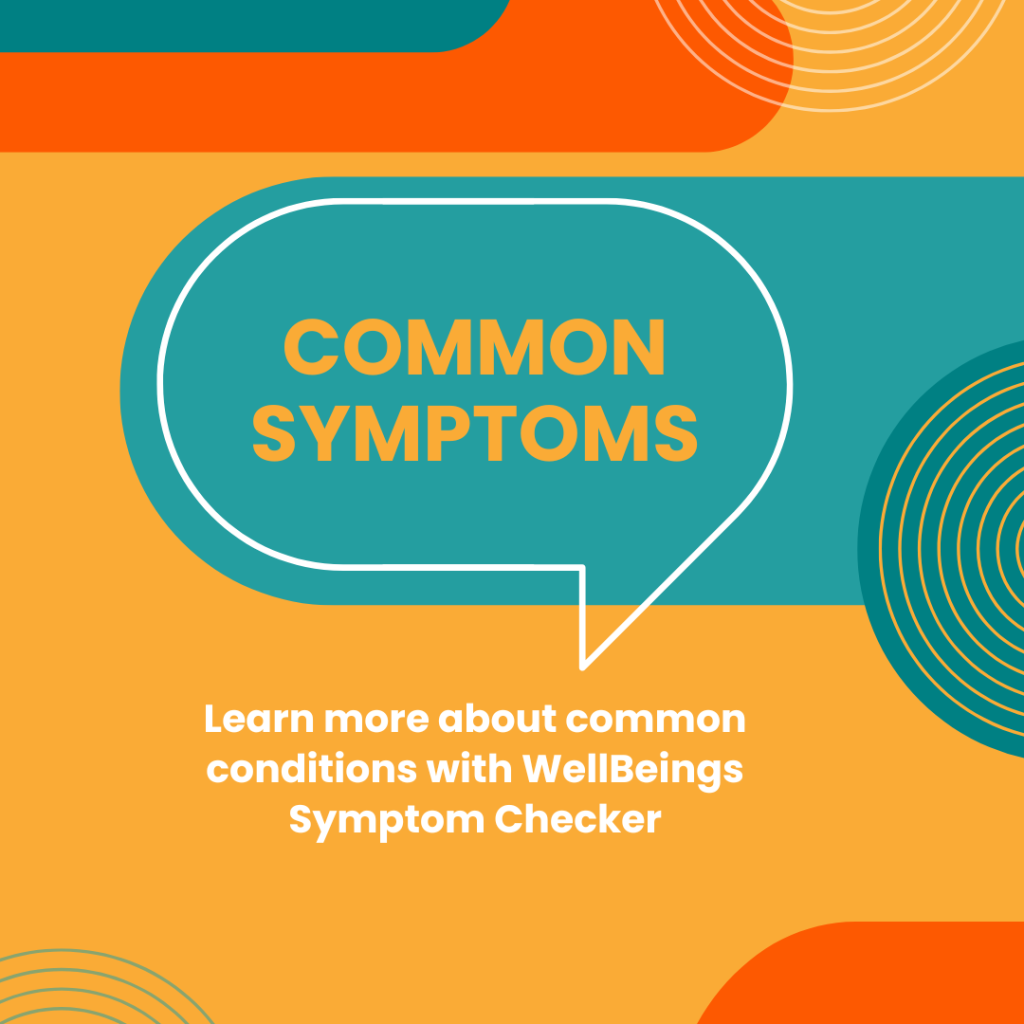Learn how to spot the signs of skin cancer, who is at risk, and how to stay protected
Your skin is the largest organ in your body, made up of water, protein, fats, and minerals. It plays a vital role in protecting you from germs, regulating your body temperature, and allowing you to feel sensations like heat, cold, and touch. But just like any part of the body, it can be affected by disease, including cancer.
Quick Read:
- Skin cancer can also affect people with darker skin, but the risk and characteristics are different compared to those with lighter skin.
- Melanoma, though less common in people with darker skin, tends to be diagnosed at a later stage and can be more aggressive.
- Stay on top of regular skin checks, particularly for areas that are not usually exposed to the sun.
What is skin cancer?
Skin cancer occurs when skin cells begin to grow and multiply in an uncontrolled, abnormal way. Under normal conditions, old or damaged skin cells die, and new ones form to replace them. But when this process goes wrong, due to factors like ultraviolet (UV) radiation, cancerous growths can develop.
It’s important to note that not all abnormal cell growth is cancerous. Some growths are benign and do not spread. However, if the growth is malignant (cancerous), and not treated early, it can invade nearby tissues and potentially spread to other parts of the body. The most common cause of skin cancer is UV radiation from the sun or artificial sources like tanning beds.
Melanoma
Melanoma is the most dangerous form of skin cancer, though it is less common than other types. According to the World Cancer Research Fund International, melanoma is the 17th most common cancer globally. Melanoma can develop after short, intense bursts of UV exposure, such as a single severe sunburn, particularly during childhood. If not caught early, melanoma can spread rapidly and become life-threatening.
Basal Cell Carcinoma (BCC)
This is the most common type of skin cancer and also the least dangerous when detected early. BCC often appears in people with long-term sun exposure, such as athletes or those who work outdoors. While BCC rarely spreads to other parts of the body, it can grow deeply and cause serious damage if ignored, sometimes leading to the loss of an eye, ear, or part of the nose.
Squamous Cell Carcinoma (SCC)
SCC is the second most common type of skin cancer and typically forms on parts of the body that are often exposed to the sun, such as the face, ears, neck, and back of the hands. Interestingly, it’s also commonly found on women’s lower legs. In some cases, SCC can occur in less visible places, like the mouth, lips, or genital area. Avoiding tanning beds is especially important, as they have been directly linked to an increased risk of developing SCC.

Risk factors for skin cancer
Skin cancer doesn’t discriminate; it can affect anyone. But some people face a higher risk. If you love being outdoors without sunscreen or shade, especially for hours on end, you’re more exposed.
A history of sunburns, especially the blistering kind, can catch up with you over time. Tanning beds are also a definite red flag. People with fair skin, freckles, light eyes, and naturally blonde or red hair tend to be more vulnerable. If you have lots of moles or ones that look a bit unusual, it’s worth keeping an eye on them. Patches of rough or scaly skin that won’t go away – especially if they’re pink or brown – could be warning signs too.
Your risk also rises if skin cancer runs in your family, if you’ve had an organ transplant, take medications that suppress your immune system, or have been treated with UV light for skin conditions like eczema or psoriasis. Knowing your risk can help a great deal in managing your skin health.
Help at hand
It’s important to regularly check your skin for new spots, changes in existing moles, or any unusual growths. Signs to watch for include moles that change size, shape, or colour, sores that don’t heal, and lumps or rough patches that bleed, itch, or crust over.
If you notice anything concerning, please speak to a doctor or dermatologist right away. Early detection can make a big difference in treatment success.
To protect yourself from skin cancer, avoid tanning beds and sun lamps, and stay indoors or in the shade between 10am and 4pm when the sun’s rays are strongest. Use a broad-spectrum sunscreen with an SPF30 or higher. Reapply sunscreen every two hours or after swimming or sweating, and wear protective clothing such as a wide-brimmed hat and UV-blocking sunglasses. Don’t forget to do regular skin checks at home.
Images: Pexels





















